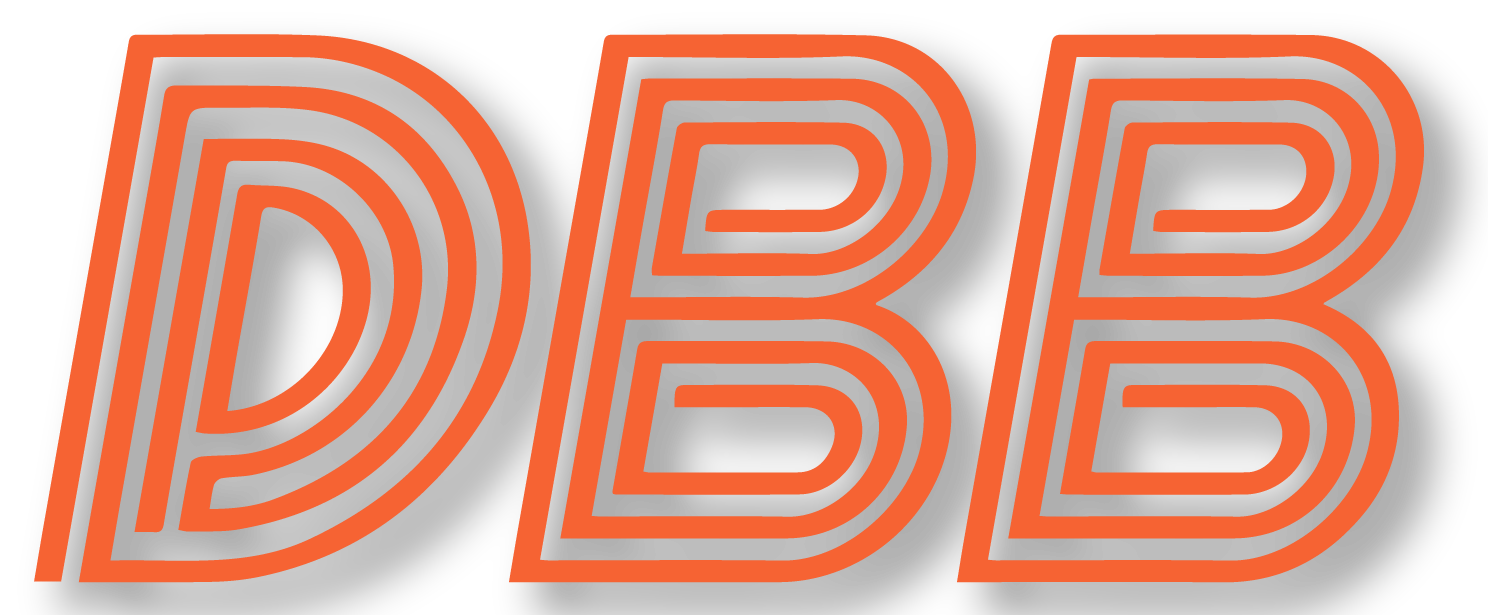Robert Altman’s Kansas City (1996)
Why Do I Like the Chicago Bears this Week?
I.
Always.
Like.
THE.
Chicago.
Bears.
Preparing for Decimation
Here are my three easy ways to make Sunday’s game a more palatable experience for you, the Bears fan.
(1) If you drink, start drinking at kickoff of the early games. You don’t have to go crazy, but you don’t want to be angrily staring at the television screen as Fields stands endlessly in the pocket, failing to notice both his wide-open receivers and Chris Jones sprinting at him. I recommend 2-3 drinks during the early window, with an option for rapid acceleration as Bears/Chiefs gets out of hand.
(2) Parlay the Chiefs ML with whatever bet you like for Sunday Night Football. You’re not getting anything when the Chiefs win the game, but if you parlay them with either the Steelers OR the Raiders on Sunday night, you’re suddenly in the +odds. If the Bears win, you’re happy! When the Bears don’t win, you’ll have a chance to win a few quid come the evening hours.
(3) Disassociate yourself emotionally. I know this is easier said than done but give it a try. I have personally not invested one ounce of emotion into either of the first two contests this season and I’m the better for it. This is not a good football team. They are poorly coached. They are poorly quarterbacked. And neither of those things is going to radically improve in the coming months. The ceiling for this season is “eh” so why invest more than that?







